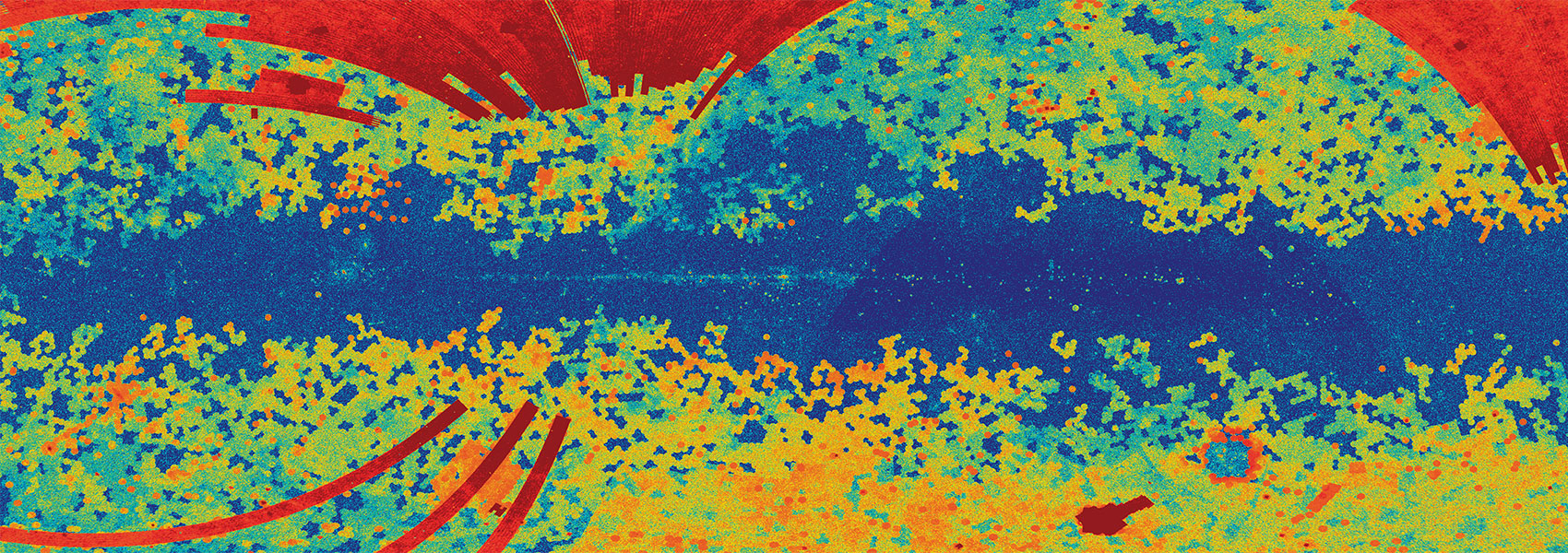May
2015
•
2015ApJ...804...89M
Authors
•
Murray, Claire E.
•
Stanimirović, Snežana
•
Goss, W. M.
•
Dickey, John M.
•
Heiles, Carl
•
Lindner, Robert R.
•
Babler, Brian
•
Pingel, Nickolas M.
•
Lawrence, Allen
•
Jencson, Jacob
•
Hennebelle, Patrick
Abstract
•
We present methods and results from “21 cm Spectral Line Observations of Neutral Gas with the EVLA” (21-SPONGE), a large survey for Galactic neutral hydrogen (H i) absorption with the Karl G. Jansky Very Large Array (VLA). With the upgraded capabilities of the VLA, we reach median rms noise in optical depth of {{σ }τ }=9× {{10}-4} per 0.42 km {{s}-1} channel for the 31 sources presented here. Upon completion, 21-SPONGE will be the largest H i absorption survey with this high sensitivity. We discuss the observations and data reduction strategies, as well as line fitting techniques. We prove that the VLA bandpass (BP) is stable enough to detect broad, shallow lines associated with warm H i, and we show that BP observations can be combined in time to reduce spectral noise. In combination with matching H i emission profiles from the Arecibo Observatory (∼ 3.‧5 angular resolution), we estimate excitation (or spin) temperatures (Ts) and column densities for Gaussian components fitted to sightlines along which we detect H i absorption (30/31). We measure temperatures up to {{T}s}∼ 1500 K for individual lines, showing that we can probe the thermally unstable interstellar medium (ISM) directly. However, we detect fewer of these thermally unstable components than expected from previous observational studies. We probe a wide range in column density between ∼ {{10}16} and \gt {{10}21} c{{m}-2} for individual H i clouds. In addition, we reproduce the trend between cold gas fraction and average Ts found by the Kim et al. synthetic observations of a hydrodynamic ISM simulation. Finally, we compare methods for estimating Ts using H i observations.
Links



